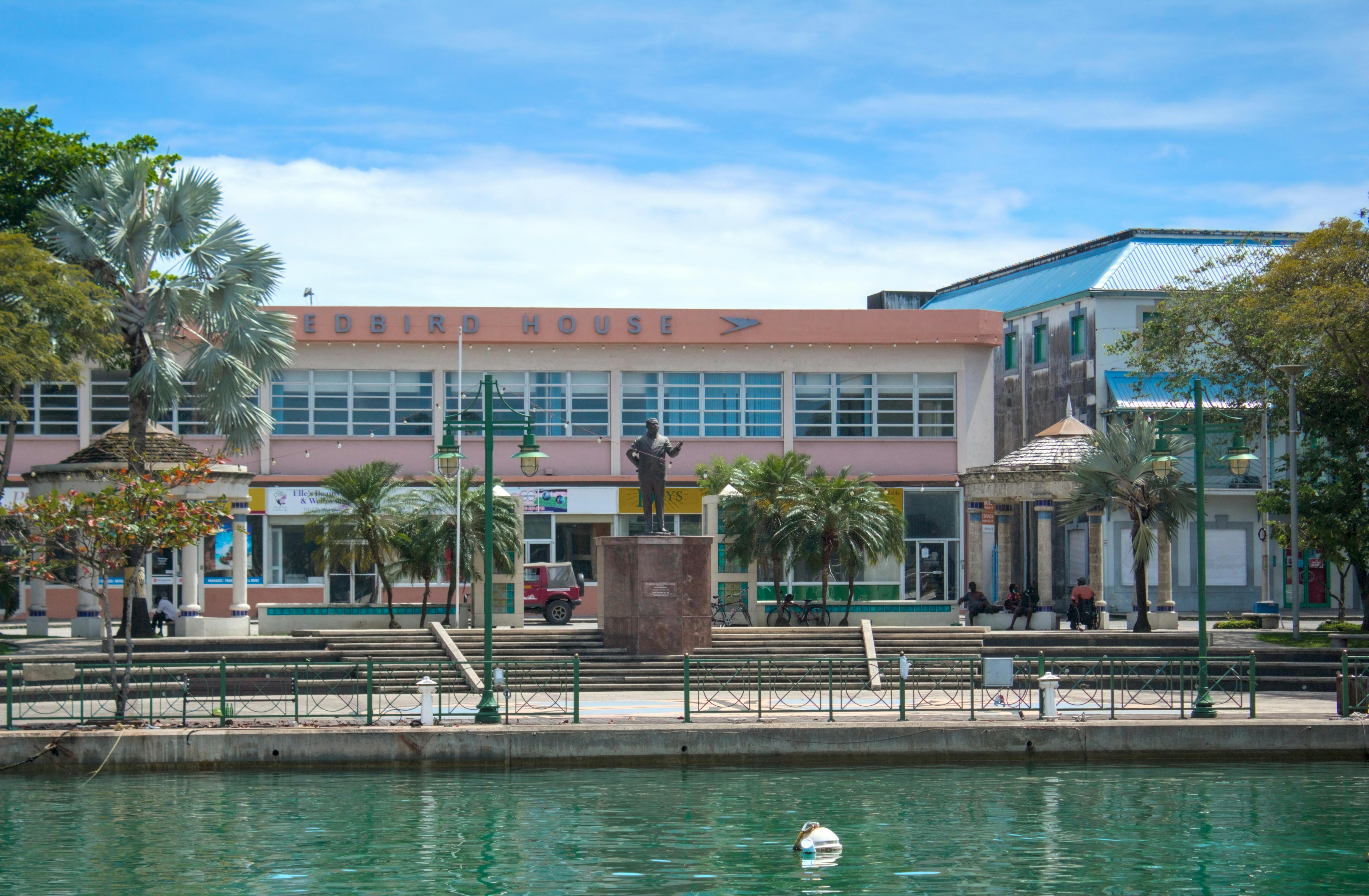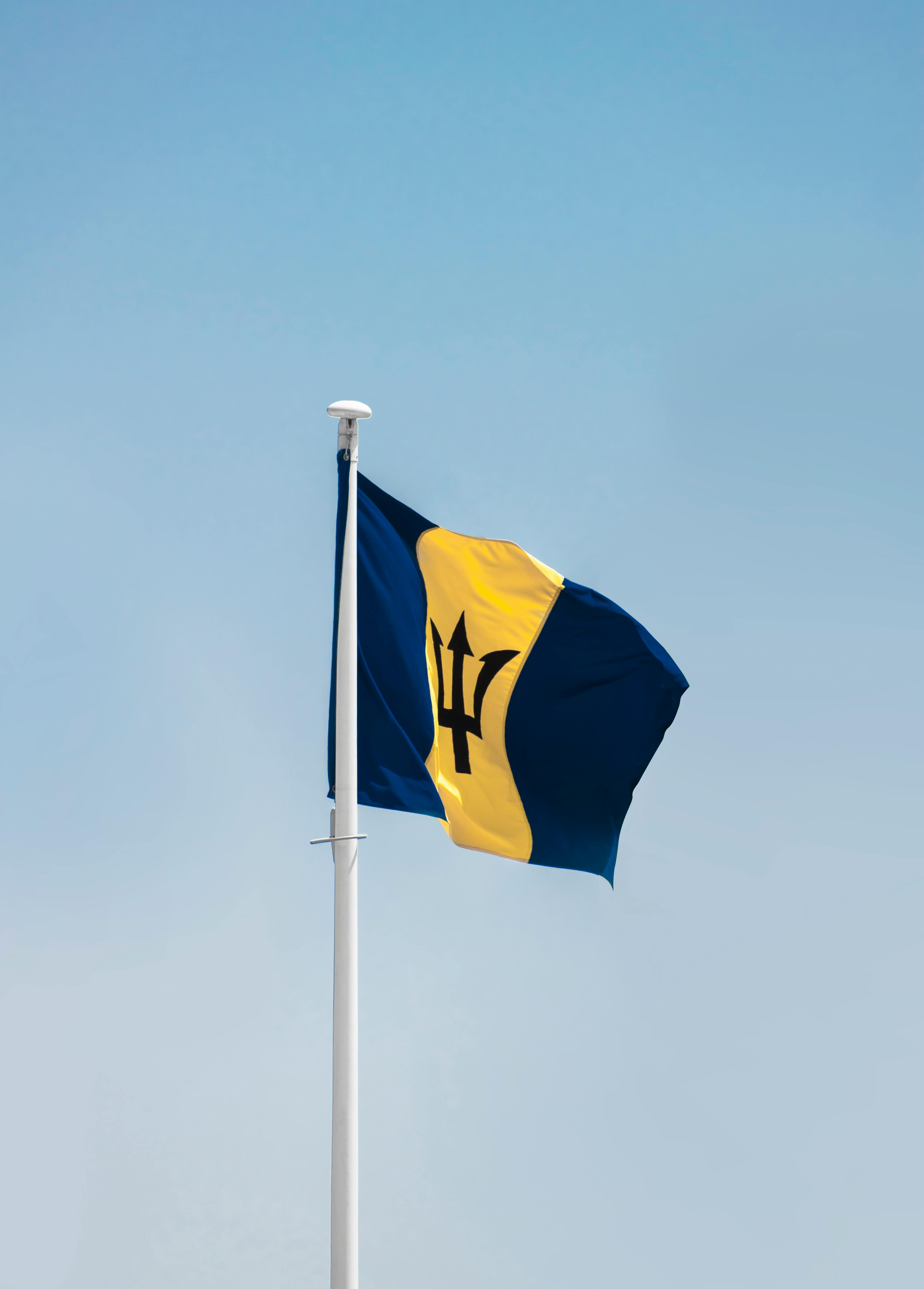Barbados Travel: Discover 7 Authentic Cultural Experiences Beyond Beaches
Let me start with a question I hear at nearly every airport bar, hostel lounge, and travel forum: “Is there more to Barbados than white sand beaches and turquoise water?” You bet there is. While those iconic beaches may grab headlines (and Instagram feeds), authentic Barbadian travel is all about peeling back the layers—exploring culture, community, cuisine, history, and the untamed interior with real locals leading the way. But I’ll be honest: For years, I thought I knew Barbados. I’d seen the beach clubs, sampled rum punch in a sunburned haze, and filed it away as paradise, end of story. My last visit flipped that script. Turns out, the ‘real’ Barbados is something you won’t find as a day-tripper or cruise passenger; it takes curiosity, local connections, and—sometimes—a willingness to get lost.
Why Authentic Travel in Barbados Matters
Back in 2019, I set out to research what really makes Barbados unique, asking locals, historians, and repeat visitors for their take. The most common advice: “If you only see the beaches, you miss half the story.” That’s not just hyperbole. Barbados boasts a living culture shaped by generations of migration, creativity, and resilience—a place where British colonial history jostles with vibrant Afro-Caribbean traditions, and the rhythms of soca, tuk-band, and calypso spill out of modest neighborhoods—not five-star resorts1. Beyond the sand, you’ll find evocative plantation-era architecture watched over by windmills, coral stone churches peeking through sugar cane fields, and pockets of wild interior crisscrossed by winding trails where monkeys chatter overhead2.
Barbados is the birthplace of rum—and Mount Gay Distillery, founded in 1703, is home to the oldest commercial rum operation on Earth. Local rum shops remain central to community life, doubling as gathering places and informal newsrooms3.
So, why venture beyond the beaches? To taste “real” Bajan pudding and souse at a local Saturday market. To join in a festival parade, learning that the costumes have a story older than the country itself. To hear grandmothers narrate family legends over flying fish and cou-cou. Bottom line: authentic travel in Barbados lets you experience the emotional heart of the island—not just its scenery.
Most travel guides skip the north and east regions entirely. These areas, especially St. Andrew and St. Joseph parishes, host small fishing villages where tourists are rare, local dialects are strong, and traditions run deep. If you want unvarnished culture, this is where to start.
Step 1: Timing Your Trip for Cultural Depth
I’m partial to travel that aligns with the pulse of local life. Here’s the thing: Barbados’ cultural calendar is packed, but only if you know when to show up. Crop Over—the island’s centuries-old harvest festival—is the beating heart of Bajan celebration and draws people from every walk of life. Held in June through early August, it offers carnival bands, street food, soca parties, and folk art storytelling everywhere you look4. But if crowds aren’t your vibe, consider visiting during the Oistins Fish Festival in April, or in November for National Independence Festival, which features parades, culinary expos, and homegrown talent from every parish. Off-season means smaller crowds, cheaper accommodations, and deeper access to authentic events, from church socials to pop-up storytelling nights. Last spring, I stumbled into a parish bake sale, ended up learning folk songs from strangers, and sampled fried flying fish so fresh I could see the dock it came from.
Step 2: Savoring Bajan Cuisine—Where Locals Eat
Honestly, I used to grab my meals at beachside grills and hotel buffets. What changed my perspective? A three-hour lunch at a rum shop in Speightstown—where locals argued cricket scores, shared fishing gossip, and offered up spicy macaroni pie, not the usual tourist fare. If you want the culinary heart of Barbados, start with Saturday market stalls in Bridgetown or outdoor vans in the east. Try cou-cou and flying fish, pudding and souse (think pork, sweet potato, local herbs), and those misshapen guava jams in reused jars. Skip the chain restaurants, and ask any market vendor where they eat on their day off. The unspoken rule? If there’s a queue of construction workers and grandmothers, you’re in the right place.
- Oistins Fish Fry – Friday nights sees locals and visitors mingling over grilled mahi-mahi, music, and impromptu dancing.
- Early morning at Cheapside Market – Find homemade cakes, tamarind balls, and savory snacks from women whose recipes date back generations.
- Rum shops in St. Lucy and St. Peter – Not just about drinks; these are community hubs, filled with gossip and dialect you won’t hear at tourist bars.
Best Practices for Food-Led Discovery
- Arrive hungry—seriously. Portions are generous, and hospitality means you’ll always get more than you ordered.
- Ask questions at every food stall. What’s in this sauce? Who taught you that recipe? You’ll get stories along with flavors.
- Don’t rush. Barbadian meals—even takeout—are a social occasion best savored at a slow pace.
Now, I’m not saying give up the beach cocktails—but if you want genuine Bajan culture, start with food in places that take cash, not credit cards. You’ll realize quickly that menus are written in dialect and old family recipes, not generic marketing-speak.
Vegetarians and vegans, take heart! While flying fish and pork reign supreme, most markets offer grilled sweet potato, callaloo stew, and coconut bread. Don’t be shy in asking—flexibility is a point of pride for home cooks.
Step 3: Local Festivals and the Vibrant Arts Scene
Ever notice how festivals can dissolve social barriers and turn strangers into allies? That’s definitely true in Barbados. The Crop Over Grand Kadooment parade is a riot of color, music, and dance—tourists welcomed if they’re willing to jump in without reservation. But there are dozens of low-key events too: gospel concerts in tiny churches, poetry readings near Parliament buildings, street art installations in Hastings5. The National Independence Festival in November spills island pride everywhere, with local crafts, school choirs, and cooking challenges judged by parish elders. In February, Holetown Festival commemorates the first English landing with open-air storytelling, brass bands, and historical reenactments. You won’t find better context for Bajan identity than here, blending colonial nostalgia with the rebel spirit of independence.
Museums tend to get second billing, but Nidhe Israel Synagogue (one of the oldest in the Americas) and the Barbados Museum & Historical Society vividly showcase the island’s layered narrative—Jewish, British, African, Indian, and more. For art lovers, the Pelican Craft Centre offers workshops where travelers join locals to create baskets, beads, and pottery. I met a retired teacher there last summer, who shared more about 1930s education than any textbook ever could.
| Festival/Event | Time of Year | Focus | Who Attends |
|---|---|---|---|
| Crop Over | June-August | Carnival Music, Arts | Locals, Regional, International |
| Holetown Festival | February | History, Folk Traditions | Locals, Curious Visitors |
| Oistins Fish Festival | April | Seafood, Fishing Heritage | Fisherfolk, Tourists |
| National Independence | November | Music, Parades, Art | Nationwide |
Many festivals are free or donation-based. The best experiences? Often found in the smallest venues—like fans watching a late-night calypso battle in a village rum shop.
Let that sink in for a moment. You don’t need a big budget or advanced planning; sometimes, authentic cultural engagement is about showing up, being present, and learning as you go.

Step 4: Discovering History Off the Tourist Trail
Here’s a confession: My earliest trips to Barbados barely scratched the historical surface. Sure, I saw St. Nicholas Abbey and the UNESCO-listed Garrison, but only later did I find out how much more there is hidden in local villages and windswept eastern towns. For history buffs, this means hiring a local guide (not those cookie-cutter bus tours) or simply chatting up taxi drivers, many of whom are encyclopedias of folklore. In St. John parish, for instance, I ended up invited to a 1629 church service, surrounded by coral-white grave markers and singing that echoed off the Atlantic wind6. Speightstown—once a port for sugar and slavery—now hosts art galleries in restored merchant buildings, bubbling with passionate local historians.
What really struck me? It’s the small stories—family plantations with living descendants, ruined windmills reflecting centuries-old engineering, tiny roadside museums commemorating cricket legends, and thriving Jewish and Muslim communities with roots over 300 years old.
For architecture enthusiasts, explore the “Chattel House” neighborhoods: brightly painted moveable homes built for freed slaves and their families, now symbols of Barbadian resilience.
Barbados was one of the first places in the Caribbean to abolish slavery (1834) and celebrates Emancipation Day each August with reenactments and storytelling marathons7.
Visitor-Friendly Historical Sites with Local Flavor
- St. Nicholas Abbey – more than rum, a living archive of artefacts and oral history
- Arlington House Museum – a restored plantation home with interactive exhibits curated by local teachers
- Morgan Lewis Windmill – last sugar windmill in the Caribbean still standing
- Bushy Park – not just a racing circuit, but home to vintage car rallies, music fests, and cricket matches
Always ask about “Old-Time Days” tours offered by historical societies; these are designed and hosted by lifelong Barbadians eager to share lived memory, not just textbook facts.
Step 5: Nature, Wildlife, and Rural Barbados
Barbados may be famed for its beaches, but the interior remains blissfully under-explored. Hiking the rugged Scotland District, you’ll find bluffs and gullies—a kind of Caribbean mini-highlands. I met hikers in St. Andrew parish who pointed out wild fruit groves and talked about local monkey folklore. The Barbados Wildlife Reserve is worth a half-day for monkey-watching, tortoise-spotting, and bird photography, but don’t miss informal eco-walks led by nonprofit workers aiming to preserve native species8.
- Rural farm tours with home-cooked lunches hosted by third-generation families
- Mountain biking in Bathsheba’s inland trails (expect mud, stories, and hidden waterfalls)
- Birding at Graeme Hall Nature Sanctuary—spot hummingbirds and rare egrets
Local-Led Adventures That Go Beyond the Sand
- Hire a local hiking guide (many work for donations) via parish notice boards
- Visit small farms and sustainable agriculture co-ops—eat, chat, learn
- Explore east coast fishing villages for early-morning boat rides and impromptu cricket games
If you want to fit in with locals, ditch the air-conditioned bus tours in favor of shared minivan rides (‘ZR vans’)—by far the cheapest way to cross parishes and hear impromptu oral history. Just yesterday, I overheard teenagers explaining island folklore to a new arrival, correcting each other on historical names and family connections.
Step 6: Making Insider Connections
If there’s one key to authentic travel, it’s this: go where curiosity leads, but let locals guide you. Barbados is proud of its heritage, but more so of its people—artists, farmers, teachers, and cricket fans eager to share stories. Start conversations in markets, join church socials or callaloo cookouts, and sign up for “Parish Nights”—informal evenings of music, history, and food. My mentor always said, “Travel is only as deep as the connections you make.” That’s why I recommend volunteering for a day with local nonprofits, joining community cleanup events (especially post-storm), or attending reading nights at Bridgetown Library. These aren’t photo ops—they’re windows into lived experience.
Step 7: Sustainable & Responsible Travel Choices
Here’s something travelers sometimes overlook: authentic discovery isn’t just about what you do—it’s about how you travel. In Barbados, sustainability means respecting both environment and culture. This includes choosing locally-owned guesthouses (there’s no shortage), reducing single-use plastics, and supporting businesses that give back. Barbados, like many islands, faces beach erosion and coral bleaching, so responsible snorkeling, hiking, and even festival attendance—using reusable cups, for example—can have an outsized impact9. Ask property owners about their environmental practices, and prioritize small-group excursions run by local families. Sustainable travel also means learning before you go: knowing the history, understanding customs, and being flexible if weather shifts plans (rain comes fast here).
Stay in one parish for at least a week. Walk everywhere. Shop daily markets. Attend ordinary events rather than packaged ‘experiences.’ My strongest memories are of simple acts—listening to schoolkids recite poetry beside a cricket field, sharing a bus ride with grocery shoppers, learning to cook cou-cou from scratch.
Summary & Next Steps
So, what’s the lowdown? Authentic travel in Barbados is a series of simple steps—timed visits, curious eating, festival participation, historical exploration, nature immersion, local connection, and sustainability—that unravel the rich tapestry of island culture. Along the way, be open to surprises, slow down, and listen. You’ll find Barbados is generous with its stories, proud of its pluralism, and always ready to welcome travelers who come to learn—not just to tan.
What one small change could you make to experience Barbados more deeply next time? Start by choosing just one step—maybe a meal in a rum shop or a local-led hike. Share what you learn with others. That’s how authentic travel grows.
References



